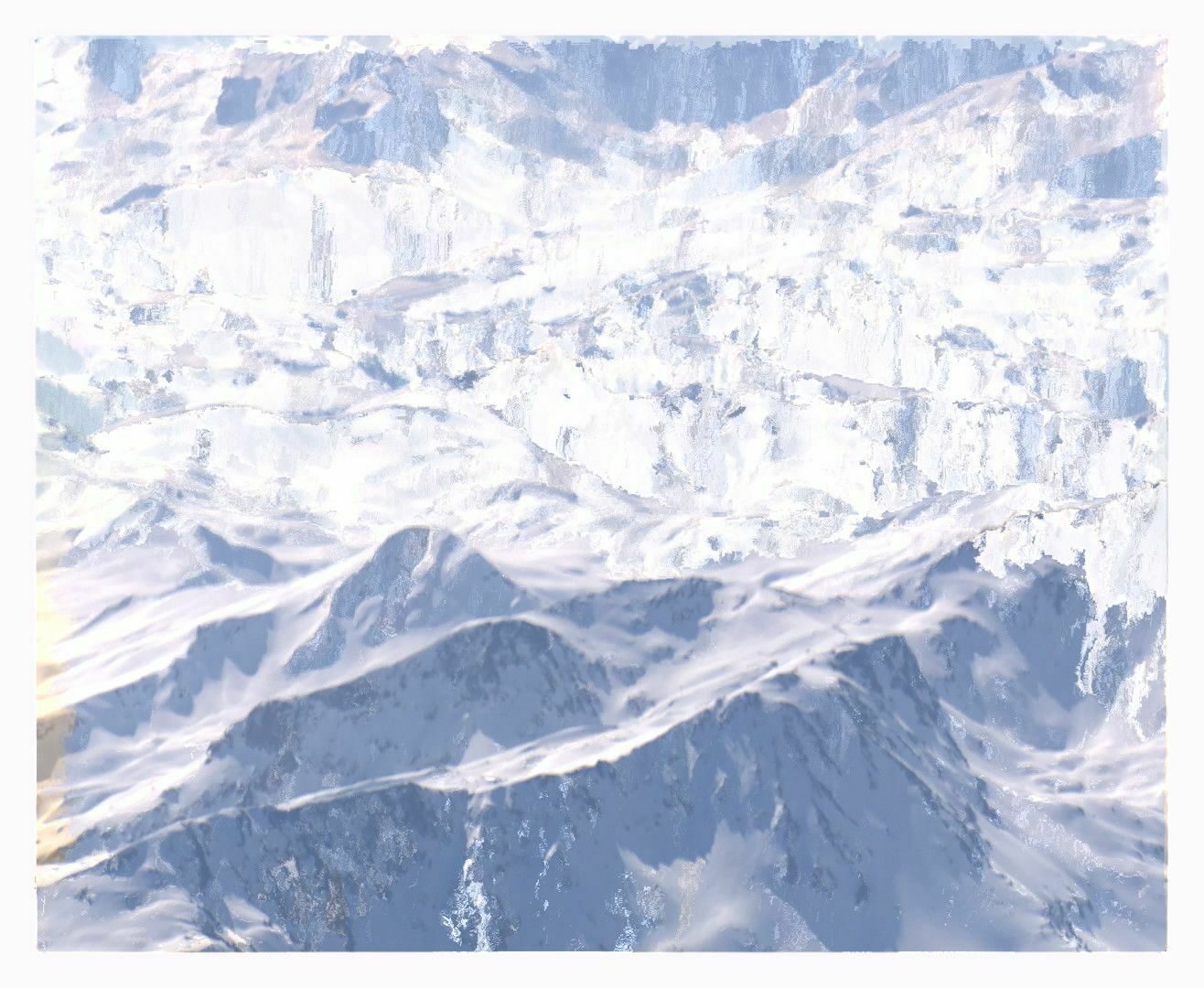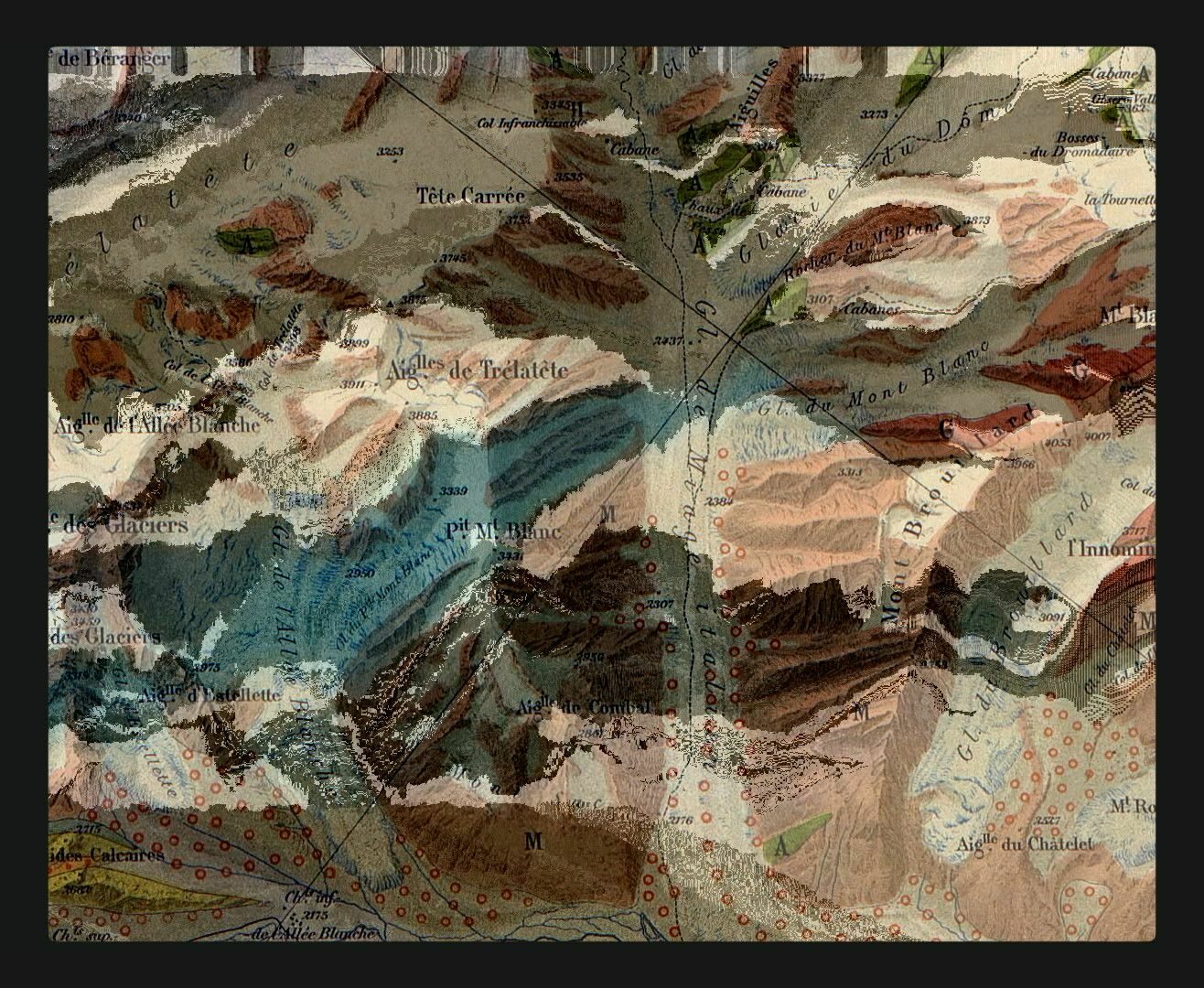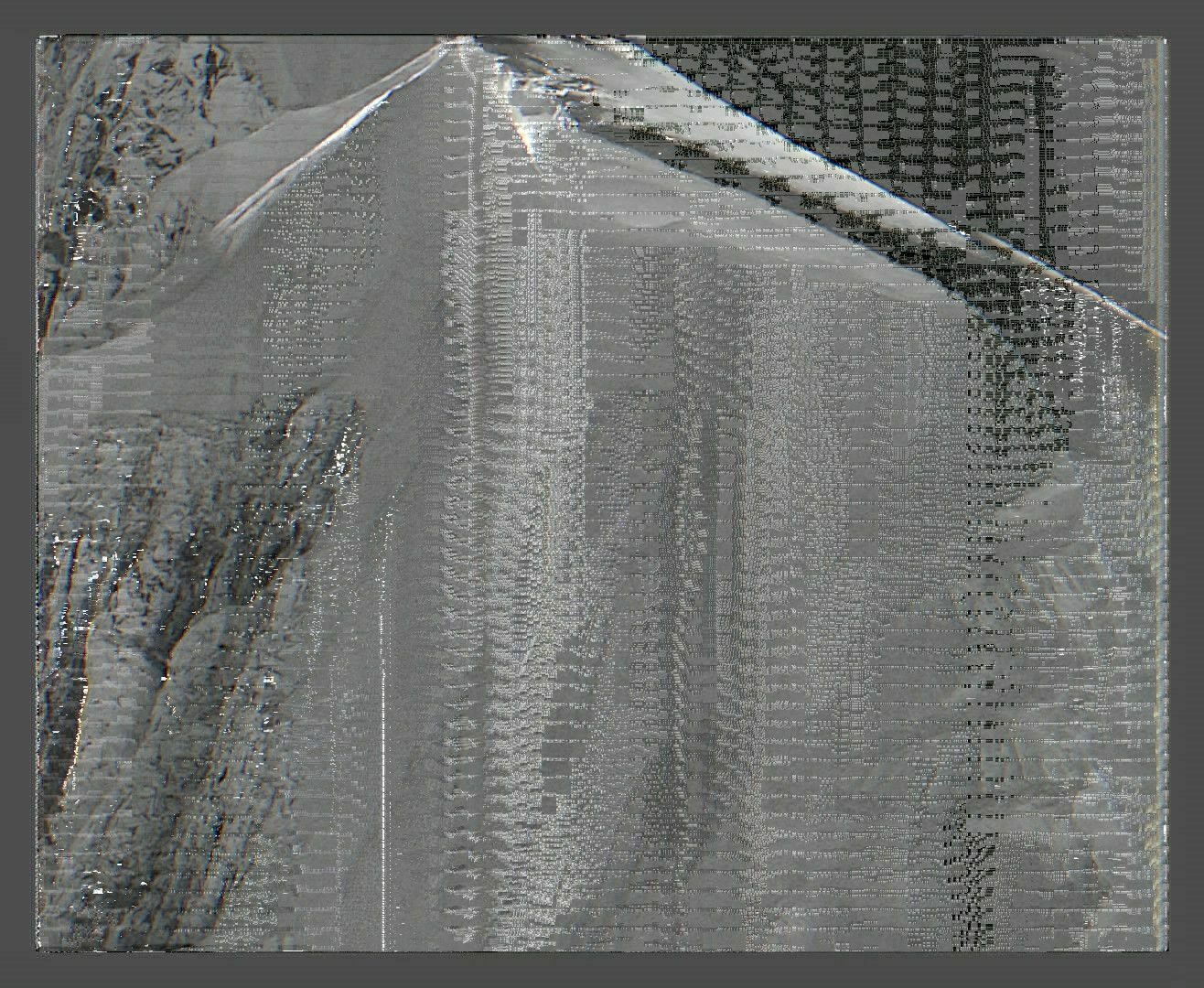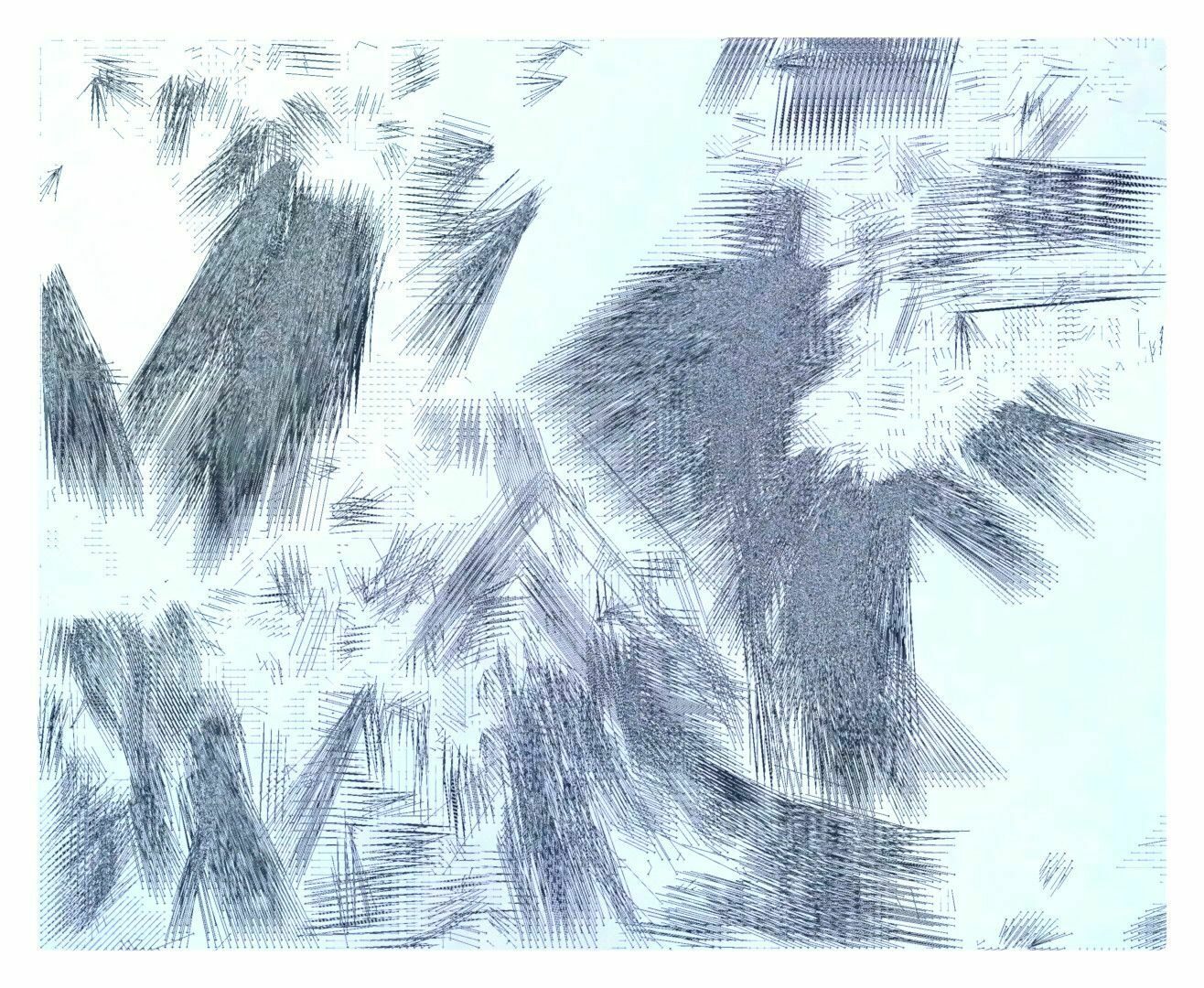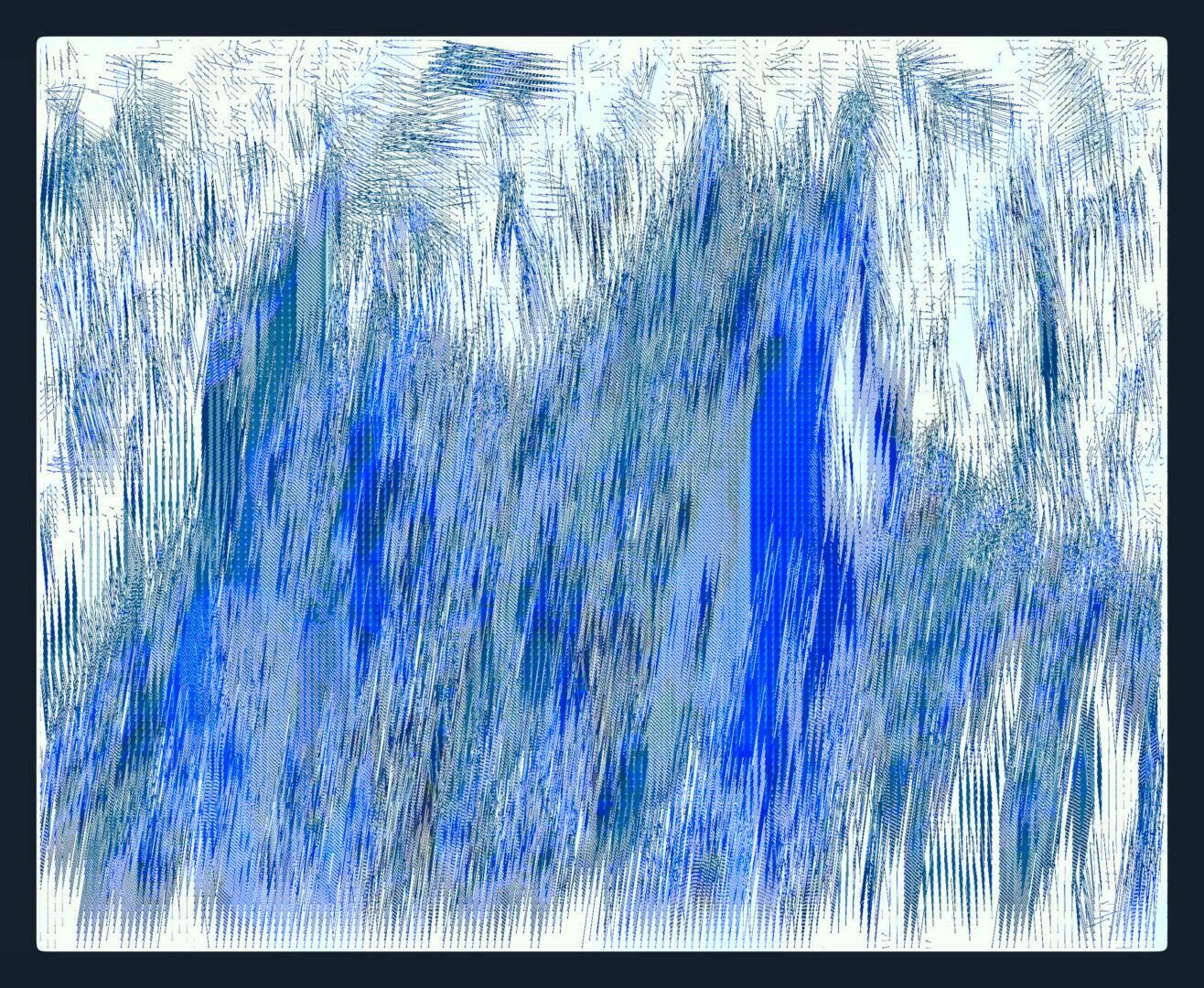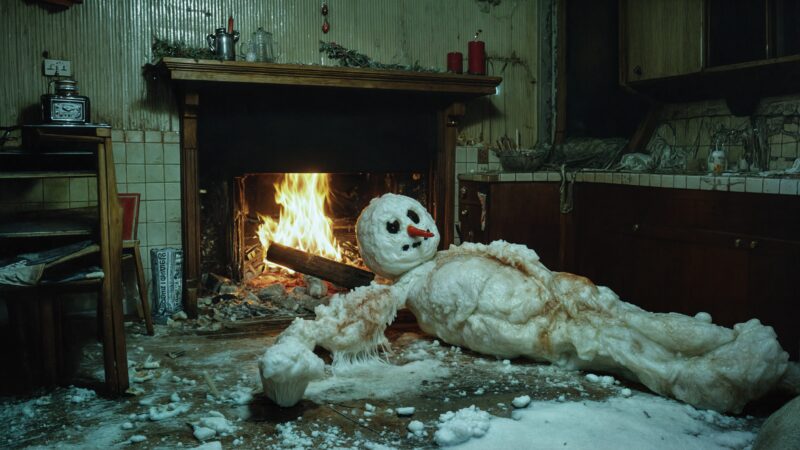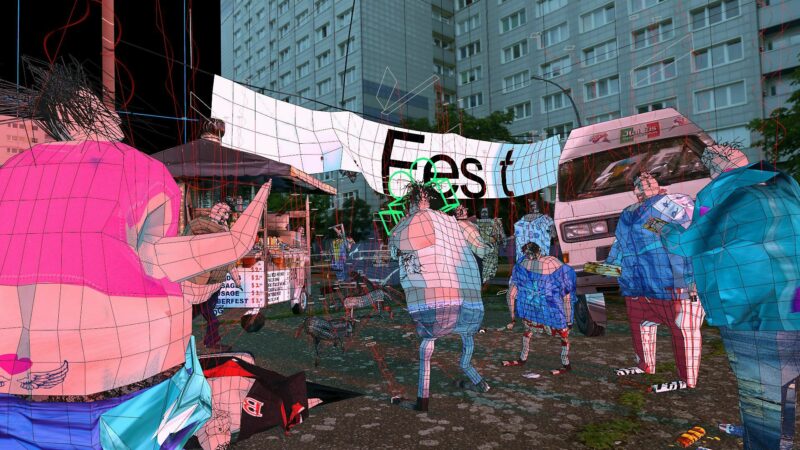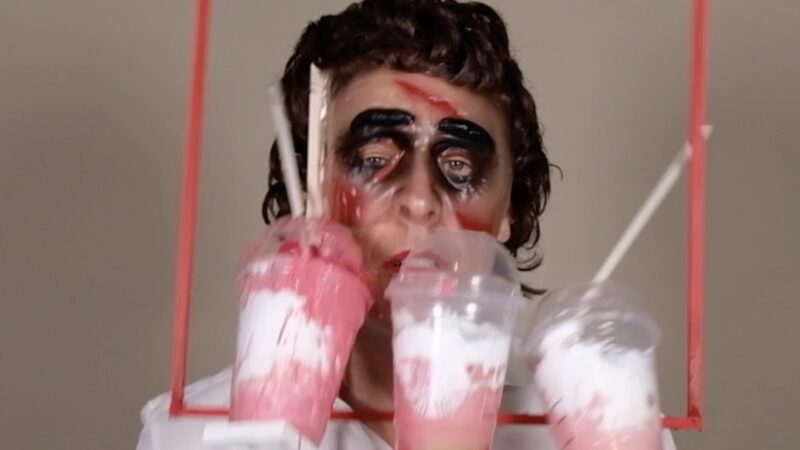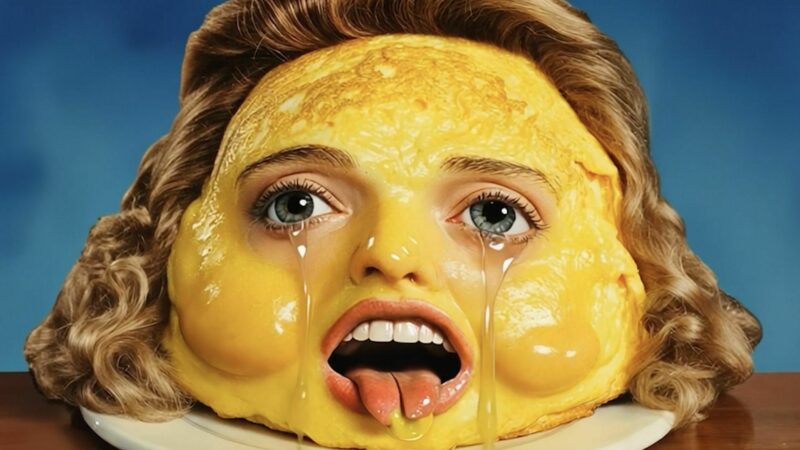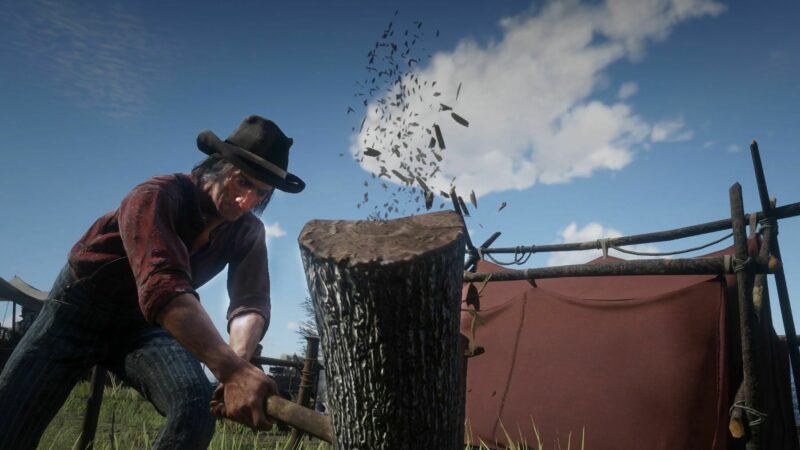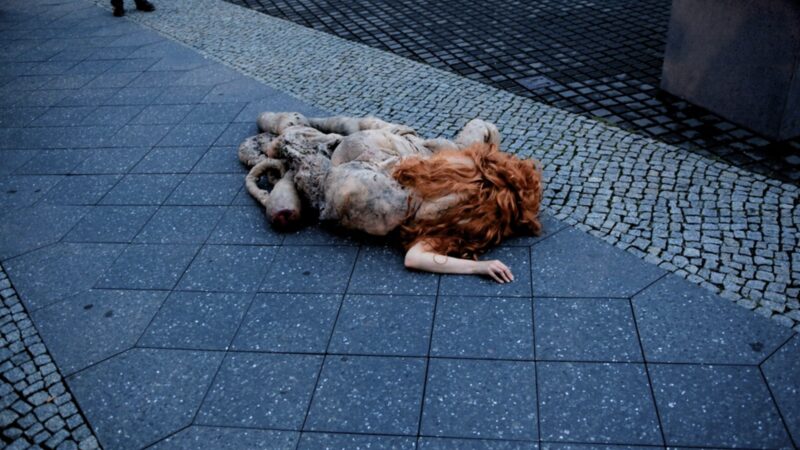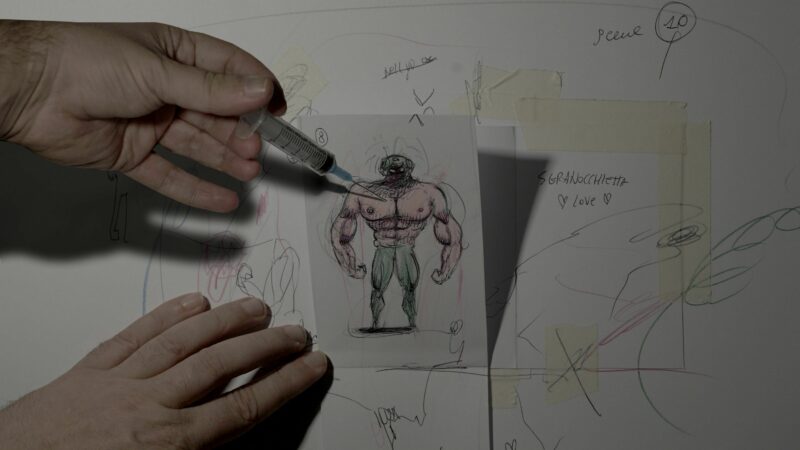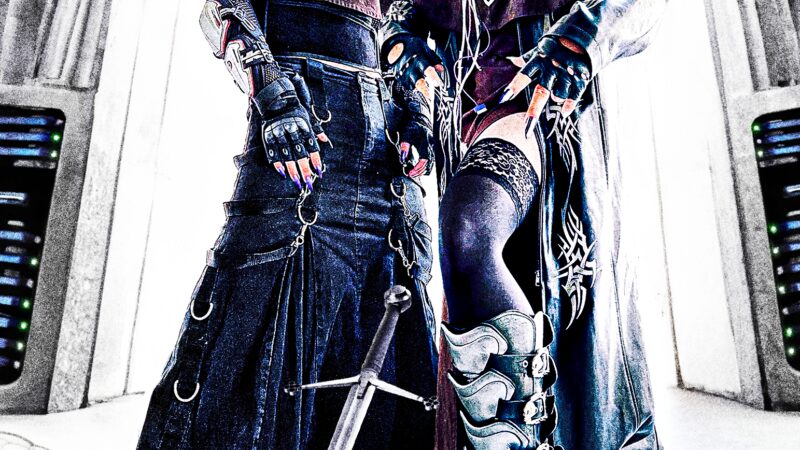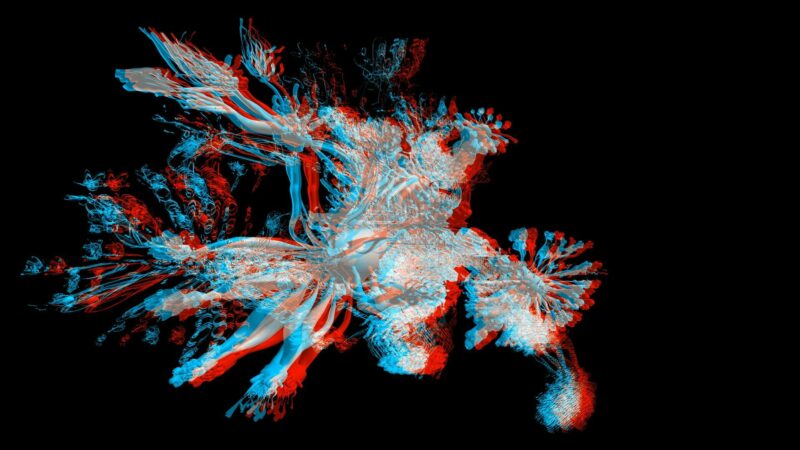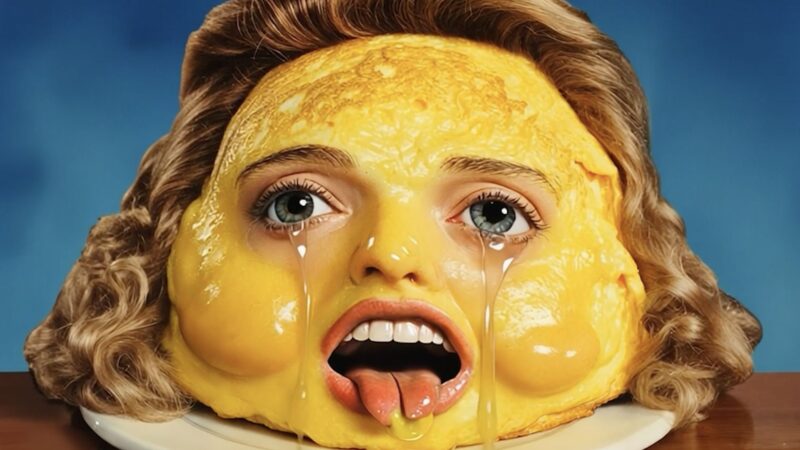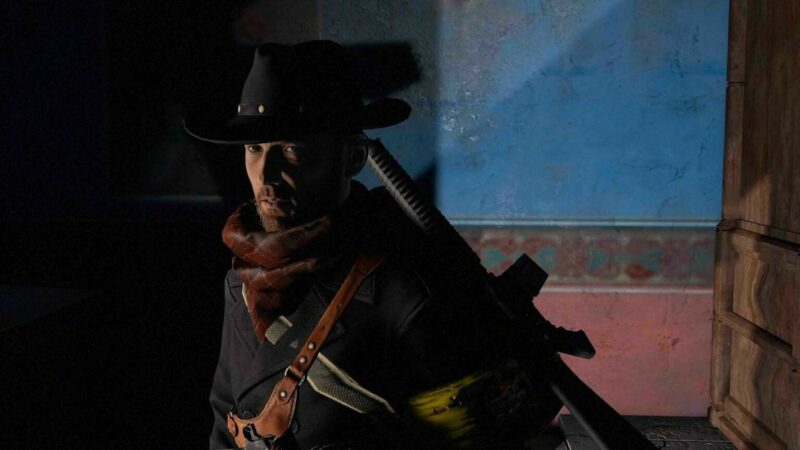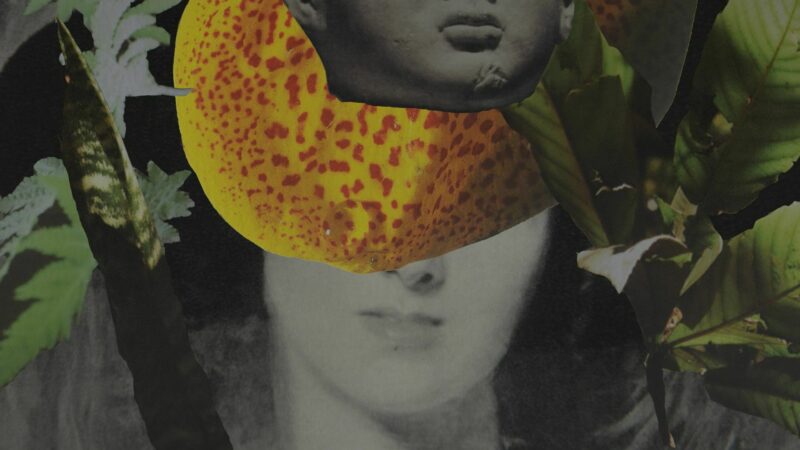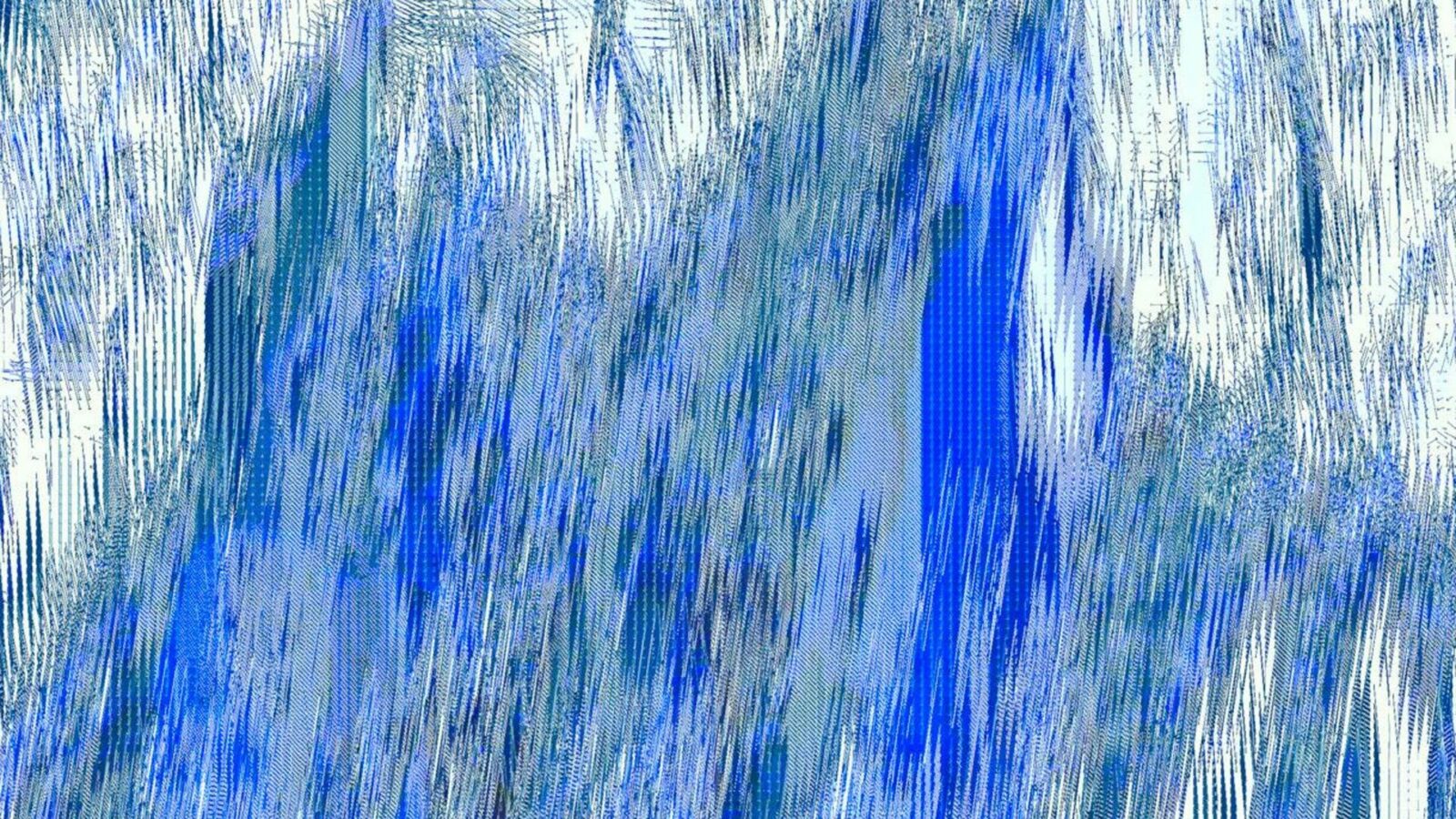
Avant l’effondrement du Mont Blanc
Jacques Perconte
Presented only in theatres.
This film is part of the program OFFFFFFFIFFFFFFFA — Vertige de l’après demain.
Dedicated to the eponymous Mont Blanc massif, the film is accompanied by the burning question of whether we happen to be the very last people who will ever have the chance to see Mont Blanc’s summit. It’s all in response to the earth’s rising temperatures, which is causing glaciers to melt at a rapid pace.
This film is part of the program OFFFFFFFIFFFFFFFA — Vertige de l’après demain.
Dedicated to the eponymous Mont Blanc massif, the film is accompanied by the burning question of whether we happen to be the very last people who will ever have the chance to see Mont Blanc’s summit. It’s all in response to the earth’s rising temperatures, which is causing glaciers to melt at a rapid pace.
| Director | Jacques Perconte |
Session
• Agora Hydro-Québec (CO-R500), Pavillon Coeur des sciences
Saturday, march 15, 2025, 05:00 p.m. — 08:00 p.m.


Production

Jacques Perconte
Born in Grenoble in 1974, Jacques Perconte lives and works between Rotterdam and Paris, where he has been developing an audiovisual and cinematographic body of work for just over twenty-five years, in which environment and landscape are the vehicles of an aesthetic that disrupts vision as much as the technologies it implements.
His work moves between movie theaters, exhibition spaces and the stage. Although his works take a variety of forms (linear film, generative film, audiovisual performance, print, installation), they are the result of ongoing experimental research. From Normandy to the peaks of the Alps, from the depths of Scotland to the polders of the Netherlands, he passionately explores and films the elements. The surprising universalism of the form, which seems to hark back visually to what painting was like when it seized on nature as a motif, is born of the relationship between the delicate rhythm and apparent gentleness of the subjects and the extreme technicality of the images, which manifest their digital reality in all their dimensions. The energy of Perconte’s gesture is inscribed in the image produced by the camera, and is revealed by the technological nature of the images, freeing it from its constraints.
His exploration of the Internet and video in the late 90s led him to lay the foundations of a new aesthetic, as the first artist to work with moving images using digital compression methods. He is world-renowned for his singular mastery of images. Jacques Perconte takes us into the very nature of video and its production, to find new ways of relating to its sensations. Thanks to reverse engineering and expert manipulation of coding and storage technologies, Perconte’s hijacking of the high-tech processes of the audiovisual industry goes beyond the technical, turning his landscapes into colorful fairy tales of ever-increasing critical and popular success.
This work is part of a critical history of representations, from painting to cinema. The tradition of the landscape is seen in a new primitivity made possible by technology: Jacques Perconte reveals “the landscape of the image rather than the image of the landscape”. It’s an aesthetically unprecedented approach based on the shortcomings of the digital image, and part of a reflection on the need for artists to reappropriate technology in the face of the technological determinism of perceptual devices. Using painting, performance art and cinema, with linear or generative works, Jacques Perconte’s work takes on new dimensions — sound, documentary — in a reinvented relationship with reality.
Biographical notes provided by the program’s curator
His work moves between movie theaters, exhibition spaces and the stage. Although his works take a variety of forms (linear film, generative film, audiovisual performance, print, installation), they are the result of ongoing experimental research. From Normandy to the peaks of the Alps, from the depths of Scotland to the polders of the Netherlands, he passionately explores and films the elements. The surprising universalism of the form, which seems to hark back visually to what painting was like when it seized on nature as a motif, is born of the relationship between the delicate rhythm and apparent gentleness of the subjects and the extreme technicality of the images, which manifest their digital reality in all their dimensions. The energy of Perconte’s gesture is inscribed in the image produced by the camera, and is revealed by the technological nature of the images, freeing it from its constraints.
His exploration of the Internet and video in the late 90s led him to lay the foundations of a new aesthetic, as the first artist to work with moving images using digital compression methods. He is world-renowned for his singular mastery of images. Jacques Perconte takes us into the very nature of video and its production, to find new ways of relating to its sensations. Thanks to reverse engineering and expert manipulation of coding and storage technologies, Perconte’s hijacking of the high-tech processes of the audiovisual industry goes beyond the technical, turning his landscapes into colorful fairy tales of ever-increasing critical and popular success.
This work is part of a critical history of representations, from painting to cinema. The tradition of the landscape is seen in a new primitivity made possible by technology: Jacques Perconte reveals “the landscape of the image rather than the image of the landscape”. It’s an aesthetically unprecedented approach based on the shortcomings of the digital image, and part of a reflection on the need for artists to reappropriate technology in the face of the technological determinism of perceptual devices. Using painting, performance art and cinema, with linear or generative works, Jacques Perconte’s work takes on new dimensions — sound, documentary — in a reinvented relationship with reality.
Biographical notes provided by the program’s curator
In the same session
Agora Hydro-Québec (CO-R500), Pavillon Coeur des sciences
Saturday, march 15, 2025, 05:00 p.m.


You would like




